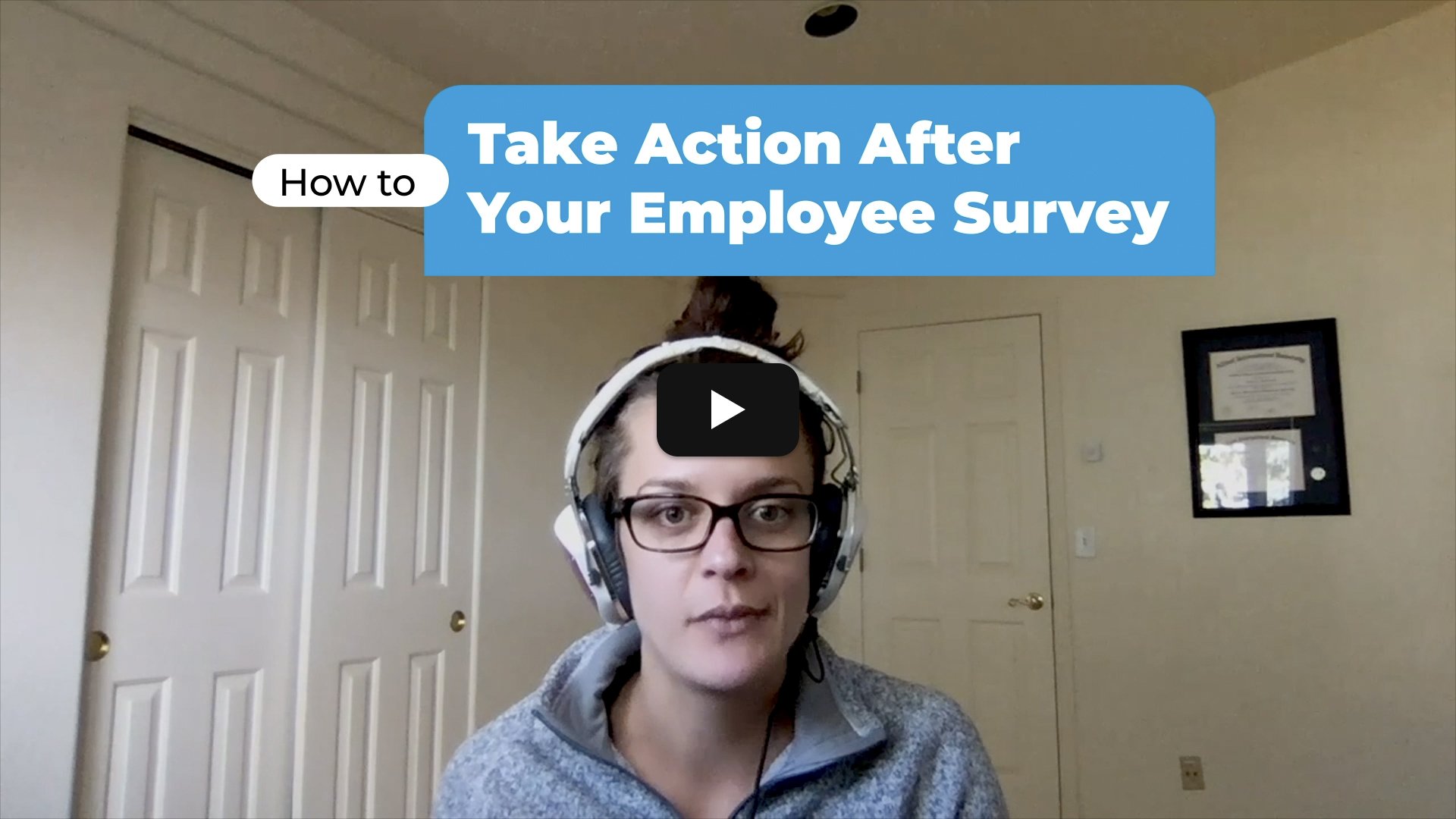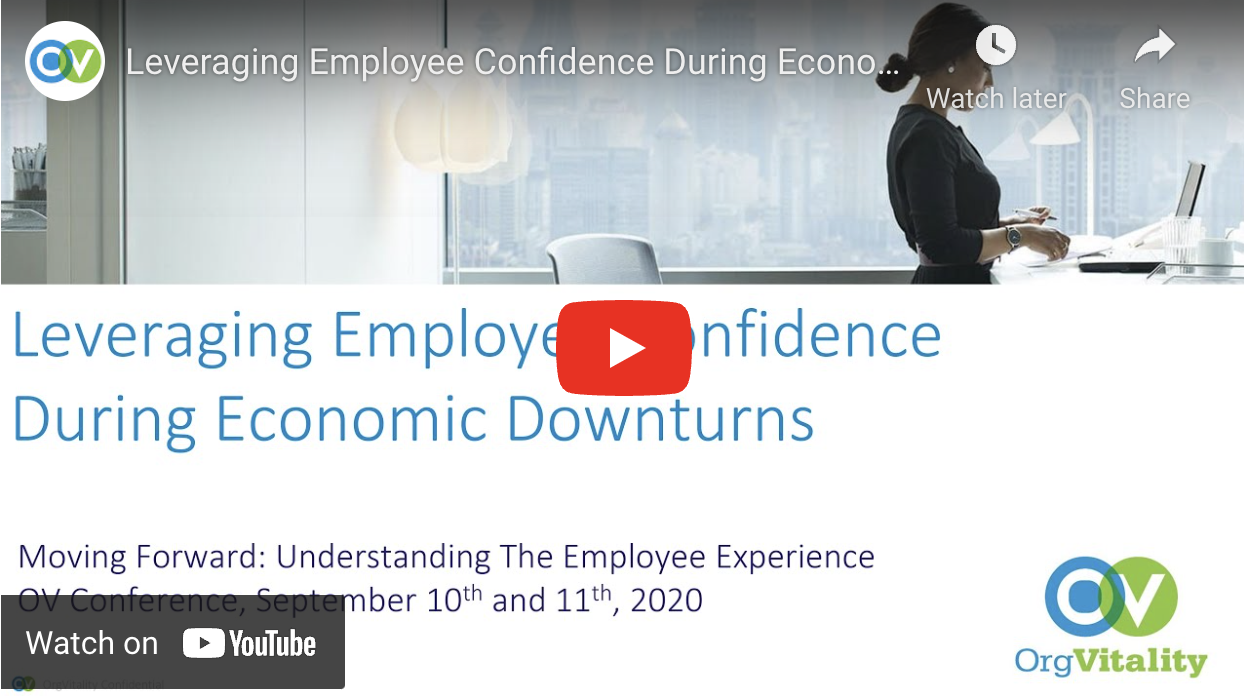
It’s a safe bet that things have changed recently at your company. The business environment is constantly shifting, whether it is trade winds like tariffs or technology advancements like AI. Companies must evolve through restructuring, leadership changes, mergers, or strategic pivots. Employee surveys help measure the impact of so much change, but to be effective, the survey program must also evolve. Yet, too many organizations hesitate to make changes for fear of losing historical comparisons. Done well, however, a company keeps what is important while making room for what’s new. Some updates may be straightforward, such as when a formerly in-person office culture transitions to a hybrid work model. Other times, more fundamental changes in business strategy might result in much more extensive revisions.
An outdated survey isn't just inefficient; it's a missed opportunity to gather critical insights that drive your business forward.
Key Reasons to Rethink Your Survey Content
To ensure your employee survey remains a powerful tool for strategic insight and action, here are some of the most common reasons why it's time to rethink its content:
Employee Expectations. Employee expectations are constantly shifting, especially given current challenges. We're seeing an increasing focus on well-being, flexibility, and psychological safety. Updating survey questions ensures alignment with what genuinely matters to your employees now.
Incorporating Feedback from Prior Surveys. Identified issues in a previous study are insights that should directly inform new or follow-up questions. For example, if "information flow between departments" was an issue, you could add a follow-up prompt that would be triggered by a low rating, asking for more details, such as what kind of information or what situations. Past survey comments might reveal confusion about certain questions or gaps in what employees want to address. These changes demonstrate you're listening and make the survey more relevant and useful.
Technological and Workflow Changes. New tools or systems that impact most employees (e.g., AI tools, new project management platforms) can be assessed. Your survey can evaluate their usability and impact on productivity.
Driving Action. This is critical. If previous survey items didn’t yield actionable insights, it's time to revise or replace them. Employees become disengaged from the survey if they see the same questions year after year without action. Updated, fresh questions demonstrate responsiveness, invigorate interest, and reinforce that their participation genuinely leads to meaningful decisions and interventions.
New Strategy. Changing business goals and priorities are often the most compelling reason for updating an employee survey. The most impactful surveys are designed with your unique strategy in mind, so the results can directly help you drive that strategy forward. This type of change can affect many parts of the survey.
Let’s consider a specific example: When a company shifts its growth strategy from organic growth to mergers and acquisitions (M&A), it creates new dynamics that significantly impact employee experience, engagement, and culture. To capture these shifts, your employee survey should include new or revised topics that reflect the realities and challenges of M&A-driven growth.
In this scenario, new topics for the survey might include:
- Culture integration. Cultural clashes are one of the biggest risks in M&A. Your survey can assess if employees from both legacy and acquired companies feel respected and included.
- Collaboration and Team Integration. Blending teams from different organizations requires deliberate focus on teamwork and inclusion.
- Trust in Leadership. Trust can erode if employees don’t believe leaders are transparent about the rationale and goals behind acquisitions.
Even typical topics for employee surveys may need some tweaks:
- Change Management/Communication. M&A activity often brings uncertainty. A well-thought-out change management strategy provides employees with clarity and confidence. Evaluate its effectiveness with targeted items such as “I understand how recent changes (e.g., acquisitions) align with our company’s goals.”
- Alignment: Acquisitions often lead to changes in roles and reporting structures. It's a good idea to make sure individuals still have a clear understanding of their role and responsibilities. Similarly, for teams, an item like “My team’s goals are aligned with the company’s current strategic direction” may be informative.
- Retention. M&A activity typically brings anxiety about layoffs, redundancies, or relocation. Consider supplementing your “intention to stay” item with an explicit item such as: “I feel secure in my job given the company’s current strategy.”
- Capabilities/Resources. Post-merger integration can disrupt workflows or overload systems. Items about having the necessary resources can take on greater importance. Assuming you have laid the groundwork for operational integrations, consider items along the lines of: “Processes have been adapted effectively to accommodate growth through acquisitions.”
Relevance Always Wins
Organizations change, and their employee surveys must evolve with them. It may seem obvious, yet many organizations find themselves reluctant to make appropriate updates. They become so focused on preserving year-over-year comparisons that, eventually, the survey becomes unmoored from their most critical business issues.
In the trade-off between trending and relevance, relevance should always win. An employee survey ought to be a living document, a dynamic tool that continually adapts to your organization’s current needs and strategic priorities. Usually, that means incremental, thoughtful changes. But occasionally, a wholesale reinvention of the survey will be needed, particularly if the business environment and strategic direction have morphed substantially since the original design.
This commitment to an evolving survey isn't just about good HR practice; it's about empowering your organization to make data-driven decisions that truly drive your business forward.
Author

Jerry Seibert, M.A., is an executive consultant at OrgVitality. He has 30 years of experience working with organizations to measure and improve customer, employee and other stakeholder perceptions. In addition to leading a wide range of client engagements, Mr. Seibert has also led research in internal customer service and its connection to business outcomes. He has designed and implemented employee surveys for numerous organizations, ranging in scope from global entities to small privately held firms. He is the co-author of Hidden Drivers of Success: Leveraging Employee Insights for Strategic Advantage, published by SHRM in 2013, and has more than 20 publications to his credit in a variety of peer reviewed and professional journals. Mr. Seibert received his M.A. degree in Industrial/ Organizational Psychology from Western Kentucky University in Bowling Green. He has a B.A. in Psychology from the University of Delaware.






